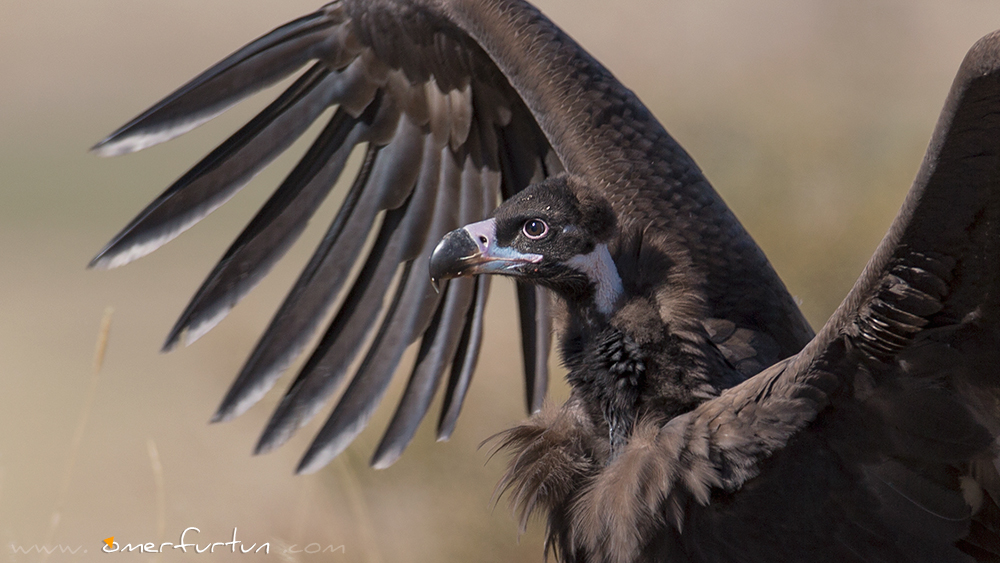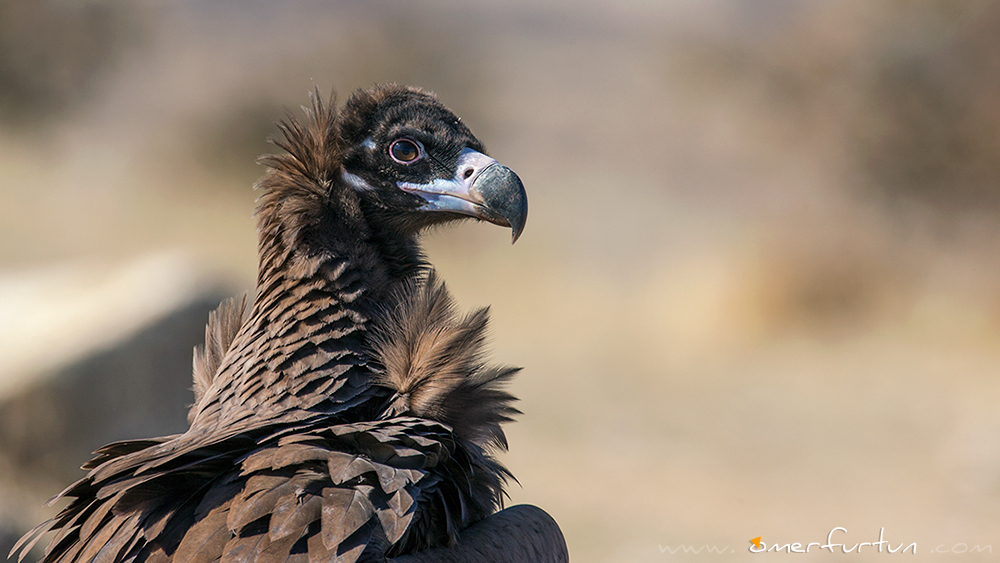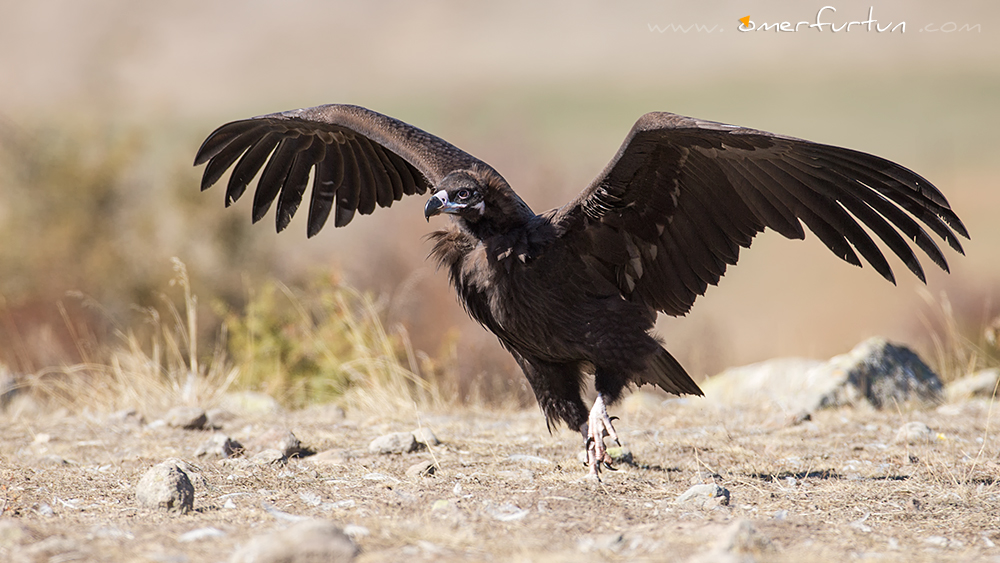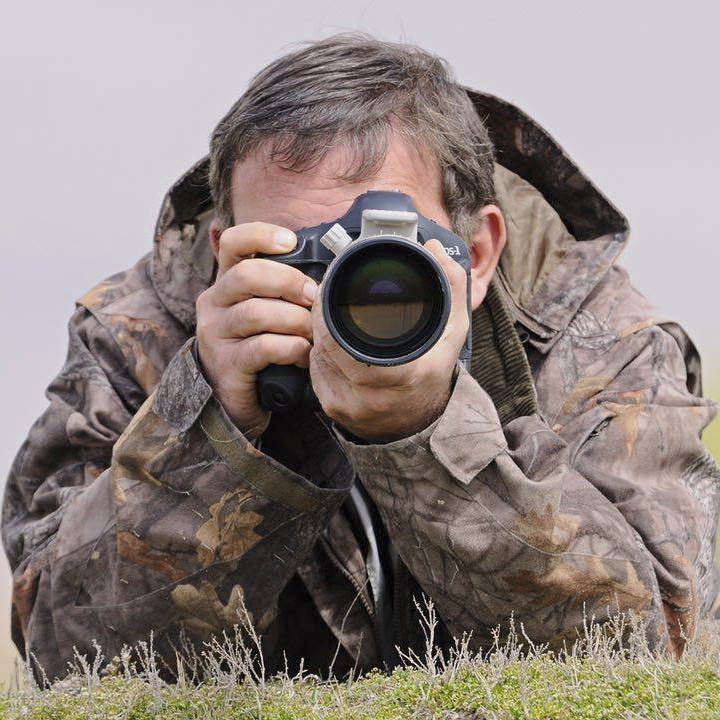Souls Rising to the Sun
9000 BCE, Neolithic Age, Göbekli Tepe – Urfa
Demrem and the children had struggled to retrieve Hagor's lifeless body from the wolves. He deserved a proper farewell. He had to be buried in the sun, allowing his soul to ascend to the sky. They could not leave him to the wolves.
With the children’s help, Demrem placed Hagor onto a sled harnessed to an ox and set off toward the temple. As the temple emerged in the distance, predatory birds began filling the sky. They climbed to the summit of a hill near the temple and laid Hagor upon a massive rock. By the time they descended and reached the sacred stele depicting the Burial to the Sun ritual, the vultures had already begun their descent toward Hagor. Saying their prayers, they turned homeward.
From their home on the opposite hill, they could see the temple to the west and the hill where they had left Hagor. As the vultures lifted from his body and soared into the sky, Demrem swelled with pride—Hagor’s soul was reaching the Sun.
A.D. 2014 – Modern Era, Dörtdivan – Gerede
The water is bubbling and boiling, but the photographer hardly notices. He is lost in the images on his camera screen—wolves captured at dawn, their piercing eyes and fierce stances holding his attention.
The kettle lid starts rattling—ting, ting, ting—a subtle warning. He pours himself a cup of coffee, takes a few contented sips, and, as if seeing them for the first time, goes through the wolf photos once more. “A lucky start to the day,” he thinks. Then, the real reason he came here resurfaces in his mind—birds.
Stepping into the next room, he peeks outside from behind his camouflage. The sky is overflowing: eagles, buzzards, ravens, and vultures…
He sets up his camera on the tripod, carefully adjusting the settings to ensure his shots aren’t buried in the sun. A few test shots, and then—silence.
In no time, Long-legged Buzzards and Ravens swarm the area. He remains still, hoping for the vultures to arrive. No movement. No sound. Just waiting.
Suddenly, a massive shadow looms over him. The sound of those enormous wings stirs a rush of adrenaline. A Cinereous Vulture glides in from behind, landing squarely in the middle of the field. “Hold on just a little longer.” He knows if this one feels safe, others will follow.
The vulture scans the area, its sharp gaze briefly resting on the photographer’s hiding spot. After a moment of consideration, it deems the place secure and turns its attention to the carcasses. Soon, two more descend.
The memory card, once filled with wolves, now begins to overflow with Black Vulture shots.
The Griffon Vulture and the Bearded Vulture are nowhere to be seen, but the day is long, and every spirit whispers that they, too, will come.
The Cinereous Vultures begin their ascent toward the sky—to the place where Hagor's soul resides… carrying new souls to the Sun.
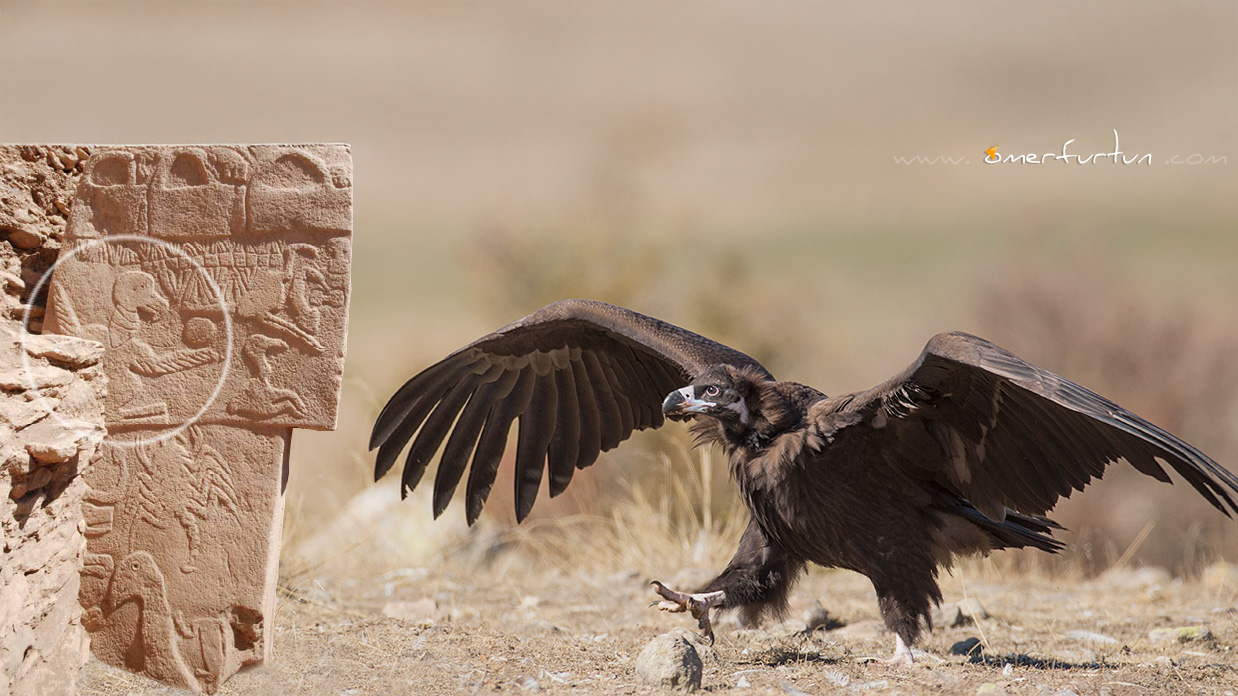
The resemblance between the Cinereous Vulture in my first photograph and the vulture depictions on the sacred monument stone from Hagor’s time—the carvings of vultures and circular figures—along with what I have read about the ruins of Çatalhöyük and Göbeklitepe, the world’s oldest known temple, all inspired the fable I penned in my opening lines.
For today’s so-called advanced humans, whose idea of nature is limited to weekend barbecues, it is striking to think that a sculptor, deemed primitive by modern standards, carved these vulture figures 12,000 years ago. It is even more striking that these birds, immortalized in stone millennia ago, still exist today—and that I had the chance to observe them so closely.
And yet, it is disheartening to know that, in a land now equated with wealth and prosperity, the relentless concrete invasion across Anatolia will not allow them to survive—not for another 12,000 years, not even for twelve.
The souls that were once laid to rest in the sun now watch helplessly as Anatolia is buried in concrete.
Other articles from the same day: He is a Legend! and The Red Hooded Photographer



